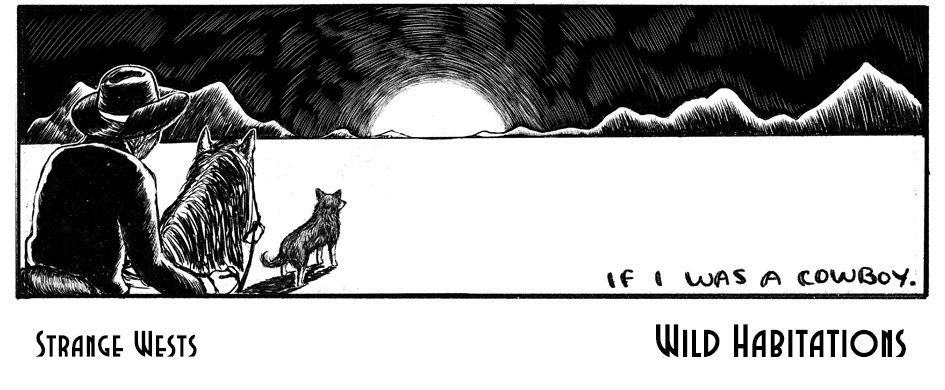And he carried me away in the spirit to a great and high mountain, and shewed me that great city, the holy Jerusalem, descending out of heaven from God…And the building of the wall of it was of jasper: and the city was of pure gold, like unto clear glass…and there shall in no wise enter into it any thing that defileth…
— Revelation 21:10, 18, 27 (KJV)
A sewer’s spuming out of Paradise,
all spit, slippage: lo, what Gold Cloacum
in the empyrean, squinting starlit,
pinched up in a height of black-belying
blue, hawks this jet of municipal filth?
Steppegrass founders in it,
bluestem bunching
— Andropogon gerardi
at the split-rail, dead rain perpetual
down corrugated tin, and, drought-be-damned,
the far field, too—mud puckering for thirst,
April spurting eerie with thistlefires.
— Cirsium spp.
The prairie leeches up a color cribbed
of fallen things.
For Jerusalem, raised
other than a spirework, living topaz
hewn by knack of the angelic gemsmith,
should fail with Earth-perpetuating yuck
to flood the wilderness. Beneath,
June sky
ferries the spirit in an endless hour
of tourmaline. Bloodrot ripens, kerneled
on the glume. How like idols in a drop
of dusklight tinseling their golden backs,
the cattle browse and lumber softly through,
— Bos taurus
clipping at clover and toadflax.
— Dalea purpurea,
Advent:
Linaria vulgaris
a deep dendritic circuit’s fizzling out.
Starry-sensed, its choir of needles, keening,
by rounds make maladornment of the dress—
this flesh she’s bred by, into, poor heifer,
who bloats and drops, blight-buckled, to a stone
sleep the vultures reckoned days since.
— Cathartes aura
Somewhere
on a torchlit street, St. Anthony’s shade
discomfits the gangrenous man, who’s slumped
at a redbrick parish wall, beckoning
the priest to consider his hand, what’s left.
And look, Father takes it tenderly up,
turns it—this sinner’s wage paid out, no doubt,
in blood; how they smolder, heaven-haunted,
the fingers, like scraps of tinder withered
with flame.
The city’s lantern-lattice spits
its shadows, hatching down the byways, out.
Father starts.
With charcoal sheen, the index
splits, suddenly, unseated at its knuckle—
O how utterly bloodless as it cracks
and flakes to settle like a paper ship,
sluggish on the streetside gutter, listing,
and glides: destined past the village bulwark,
even to those barley-stippled hills, where
— Hordeum vulgare
tillers, hunched, mounting the star-hounded dawn,
plod ruthlessly, glazed in auriferous light.
[1] Ergot, a genus of quasi-parasitic fungus, colonizes a variety of grass species, including pascopyrum smithii—at last congealing into roughly grain-shaped sclerotia, a kind of mycelial nodule, on the spikelets (i.e., flowering heads) of its host. Once established, the fungus cultivates a dubiously mutualistic relationship with affected grasses: deterring consumption by herbivores via production of highly toxic and, in some cases, psychotropic alkaloids, while simultaneously coopting the host plant’s nutrient resources. The prevalence of ergot tends to surge in grassland habitats after seasons of high rainfall.
During the Middle Ages, ergotized rye and barley were often unwittingly ground into flour for bread, producing epidemic outbreaks of gangrenous ergotism in which many of those afflicted lost extremities to ischaemic necrosis—a result of vasoconstrictive compounds loosed from the ergot incorporated in their diets. Now largely a concern for livestock, ergotism plagued human populations even into the twentieth century. Symptoms begin with a tingling and then burning in the limbs, followed by an extinction of sensation and a blackening of the flesh. The Hospital Brothers of St. Anthony, whose namesake is thought to have perished miserably of gangrenous ergotism sometime in the 13th century, became renowned for treating the disease to occasional, ostensibly miraculous success. Before the advent of modern mycology, ergotism was known in Europe as the ignis sacer or St. Anthony’s fire.


